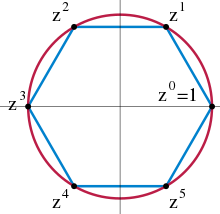5:23 PM
@Evinda Do you need a strict upper bound? You can also compute $g^{-1}$ as an exponentiation $g^{\varphi(N)-1}$. This has perhaps a more obvious upper bound of $2\log N$ group operations compared to the Euclidean algorithm. The multiplication $y\cdot g^{-1}\mod N$ is a single group operation, so we need at most $2\log N+1$ operations.
3 hours later…
8:05 PM
In mathematics and computer programming, exponentiating by squaring is a general method for fast computation of large positive integer powers of a number, or more generally of an element of a semigroup, like a polynomial or a square matrix. Some variants are commonly referred to as square-and-multiply algorithms or binary exponentiation. These can be of quite general use, for example in modular arithmetic or powering of matrices. For semigroups for which additive notation is commonly used, like elliptic curves used in cryptography, this method is also referred to as double-and-add.
== Basic... ==

In group theory, a branch of mathematics, the term order is used in two unrelated senses:
The order of a group is its cardinality, i.e., the number of elements in its set. Also, the order, sometimes period, of an element a of a group is the smallest positive integer m such that am = e (where e denotes the identity element of the group, and am denotes the product of m copies of a). If no such m exists, a is said to have infinite order.
The ordering relation of a partially or totally ordered group.
This article is about the first sense of order.
The order of a group G is denoted by ord(G) or | G...
In number theory, the Carmichael function of a positive integer n, denoted
λ
(
n
)
{\displaystyle \lambda (n)}
, is defined as the smallest positive integer m such that
a
m
≡
1
(
mod
n
)
{\displaystyle a^{m}\equiv 1{\pmod {n}}}
for every integer a that is coprime to n. In more algebraic terms, it defines the exponent of the multiplicative group...
8:29 PM
2 hours later…
« first day (2077 days earlier) ← previous day next day → last day (2594 days later) »
